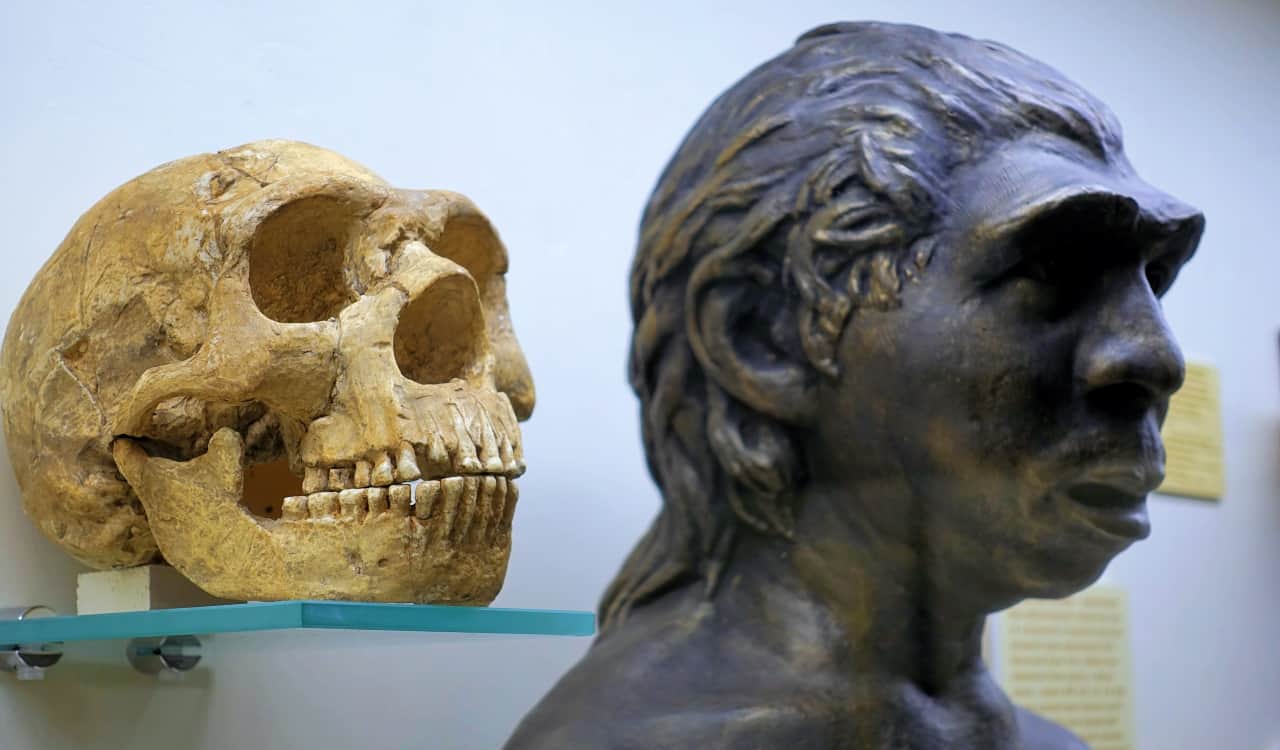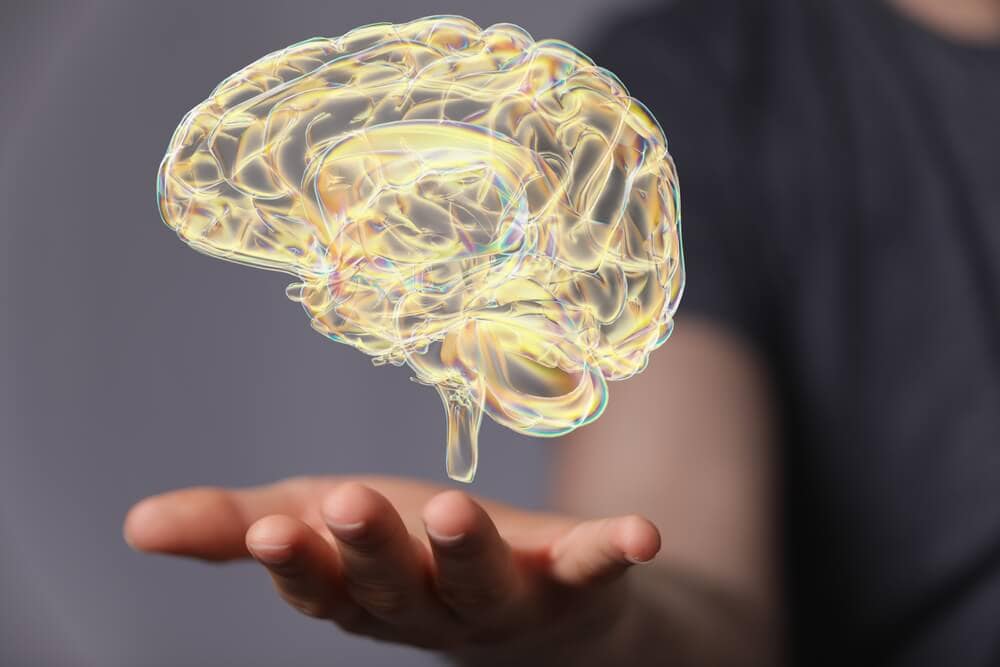It was once assumed that the human brain was nothing more than a cooling center. Seriously, this was assumed by the likes of Socrates. Most assumed the heart was the thing that explained how we thought. This is why sayings like “thinking with your heart” came to be.
This is also the very reason why most early armors were concerned with the chest and less about the head. Of course, keep in mind that the torso is also a much larger target too. Later on, protecting the head became paramount in war. People have now comprehended the human brain’s true job for centuries.
The real question mark for most people is, quite simply, how does it all work? Yet when this is explained a bit, more questions begin to arise. It’s a rabbit hole to travel down for sure. Why do we have this thing? Why is it that we seem to be the only truly advanced species on the planet? How did humans evolve to possess something so much more powerful than others?
To answer all of these questions, it is likely that we’ll need to start from the beginning. Moreover, we’ll need to go down through history and mention all the major knowledge we gained about the brain. We’ll also need to explain how each area works, why they’re critical to our health and life overall, how they are important to us and much more.
That’s right people, we’re going to do a deep dive into the human brain! We’ll go over the history of everything we know, as well as the brain itself. In fact, we’re going to explain it all so well that a 5-year-old could understand it. Now, let’s get started!
Evolution Of Human Brain Size

It is quite obvious by now that the human brain was not always like it is today. In fact, they have actually gotten smaller in size overall compared to how they looked tens of thousands of years ago. We now have the literal smallest brain we’ve ever had, at least since we were able to become primates.

This is a pretty cool thing to learn because for so long people assumed that the bigger a brain was, the smarter a person would ideally be. Yet we now know this is not the case. In fact, here are highly intelligent people with brains that are nowhere near the size we saw in just the Neanderthal, much less those before that.
